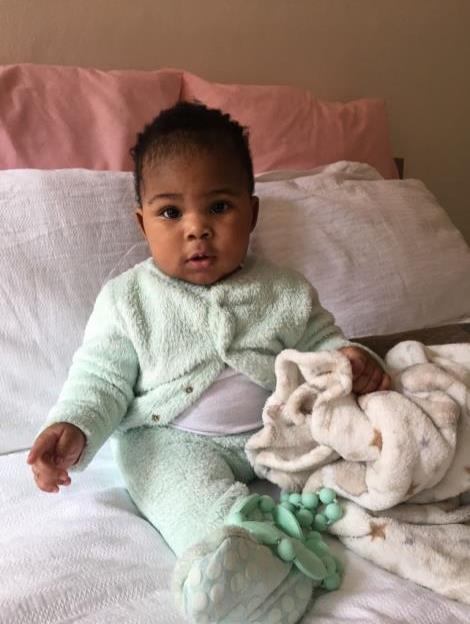CSIR researchers developing technology to safeguard identities of children
It is relatively easy for a child to apply for an identity document (ID) and have it issued with the identity of another child; because the South African government and most other world governments do not, in simple terms, know what a child who is linked to a particular identity looks like. This, by extension means that any child can use the identity of another child, with the scary implication that it is easy to move through national borders with a stolen child.

It is relatively easy for a child to apply for an identity document (ID) and have it issued with the identity of another child; because the South African government and most other world governments do not, in simple terms, know what a child who is linked to a particular identity looks like. This, by extension means that any child can use the identity of another child, with the scary implication that it is easy to move through national borders with a stolen child.
Governments have no unique identifying information that links a child to their identity. With adults, governments have a picture of what an adult who is linked to a particular identity looks like as well as their fingerprints, which are unique. No such information exists for children because their facial appearance is expected to change significantly from the time when their identities are first registered with governments, usually soon after birth; see images below. Therefore, any photograph of a child taken when their identity is registered soon after birth will not be useful for confirming their identity later in life. Fingerprints of children are also not captured due to the limitations of most existing fingerprint acquisition devices and methods, which cannot guarantee clear fingerprints of newborns.


But there is hope!
Researchers at the CSIR have identified that the ear shape can possibly be used as unique identifying information that can be recorded when a child’s identity is registered soon after birth and used to confirm their identity later in life. They are currently conducting a research study to determine if the ear shape does not change significantly with age and therefore a photograph of a child’s ear taken soon after birth or during infancy may be used to verify the identity of the child as they age, up to until they reach the age of sixteen.
The researchers will then work towards developing a biometric recognition system that uses the ear shape to verify identities for use by government to verify identities of children, should it be found that the ear shape does not change significantly with age.
How can you help?

The researchers are looking for children in the age group one year to sixteen years old, who have photographs of themselves that were captured while they were infants (i.e. less than one year old) wherein one of their ears is clearly visible, such as the photograph in the figure above; to participate in the study by:
- Providing photographs of themselves that was captured while they were infants where one of their ears is clearly visible;
- Having photographs of their ears captured, for children younger than seven years; and
- Having a 3-dimensional representation of their ears captured using 3D scanner, for children older seven years.
Please complete the survey at the following link (https://pta-survey.csir.co.za/index.php/892993?newtest=Y&lang=en#) if you as the parent are interested in contributing to the project by allowing your child that is between the ages of 1 to 16 years to participate in the study. Please note that only residents of Pretoria and Centurion are required to participate in the survey.

